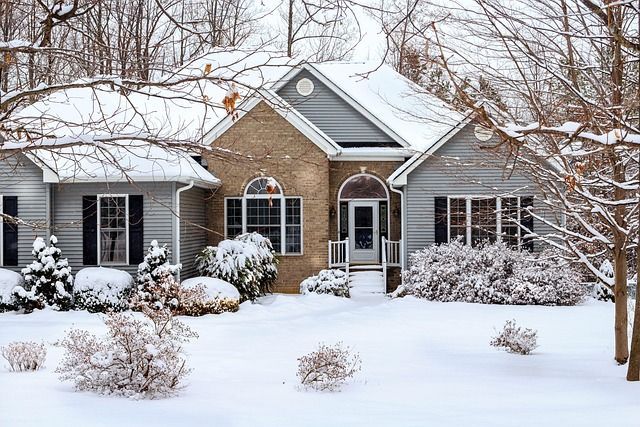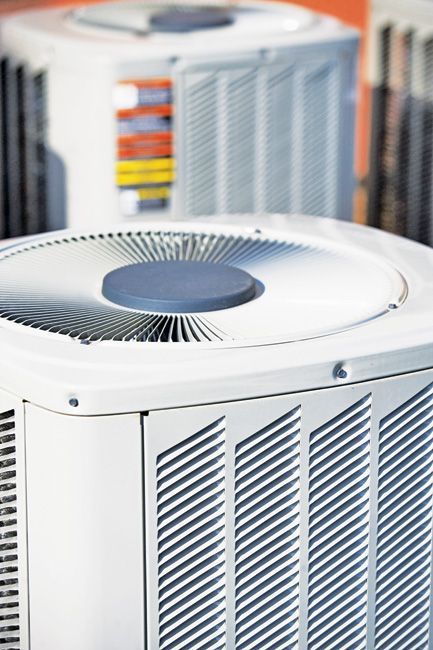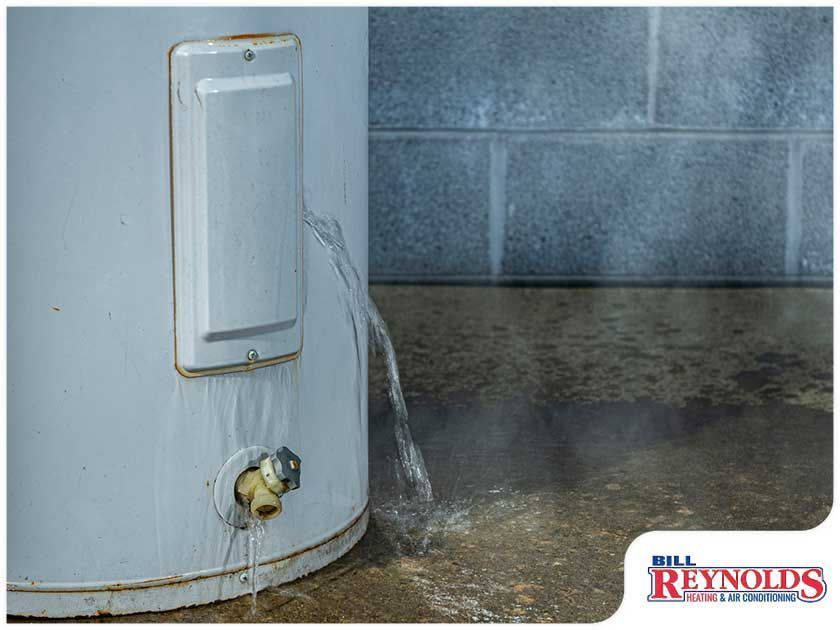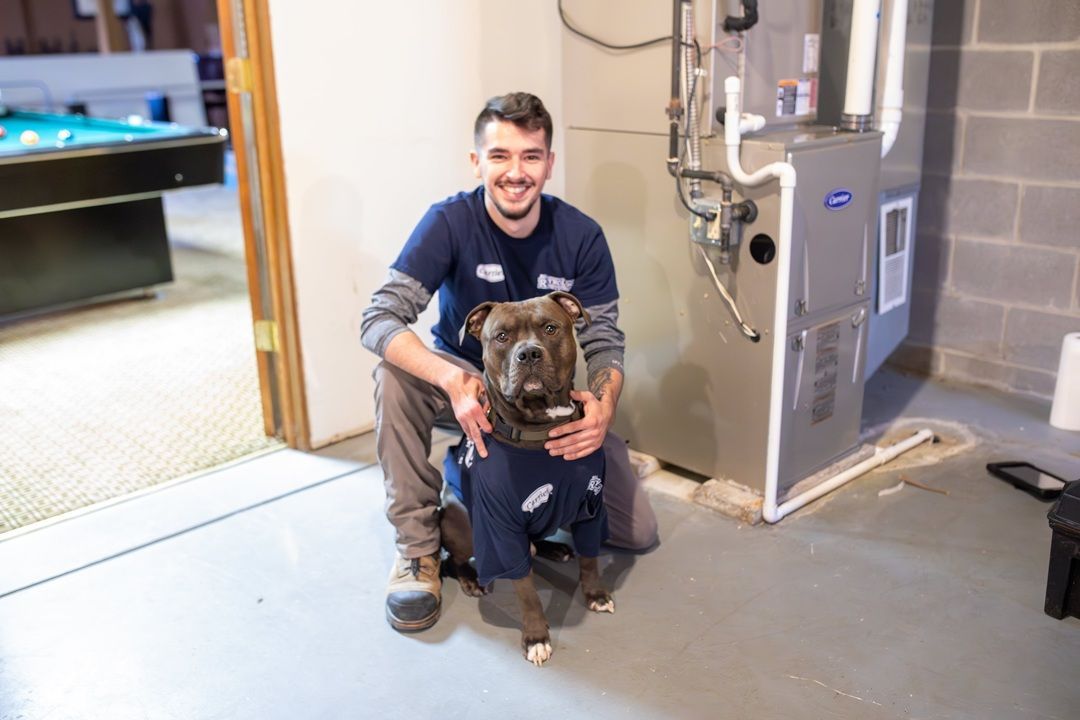Lake County, Ohio winters
Lake County, Ohio Winter challenges

Understanding Lake County's Unique Winter Challenges
Lake County, nestled in the heart of the Midwest, is renowned for its picturesque landscapes and vibrant communities. However, as temperatures plunge and snow blankets the region, homeowners face a unique set of challenges that demand careful preparation and vigilance. Unlike milder climates, Lake County experiences extended periods of freezing temperatures, frequent snowstorms, and biting winds sweeping in from nearby lakes. These conditions not only test the resilience of homes but also require tailored winterizing strategies to safeguard properties effectively.
One of the most significant concerns for Lake County residents is the risk of ice dam formation on roofs. Fluctuating temperatures can cause snow to melt and refreeze, leading to water seepage and potential roof damage. Additionally, the area’s notorious lake-effect snow can result in sudden, heavy accumulations that strain gutters, downspouts, and even the structural integrity of a home. Frozen pipes are another prevalent issue, often causing costly water damage when not adequately insulated or drained.
Moreover, the high humidity and rapid temperature shifts characteristic of the region can exacerbate problems such as condensation and mold growth inside poorly ventilated homes. Understanding these unique winter challenges is the first critical step for Lake County homeowners, ensuring they adopt comprehensive winterizing measures tailored to local climate patterns. By recognizing the specific threats posed by Lake County’s winters, residents can proactively protect their homes, maintain energy efficiency, and enjoy peace of mind throughout the harshest months of the year.
Inspecting and Maintaining Your Heating System
As temperatures in Lake County begin to dip, ensuring your home’s heating system is in optimal condition becomes paramount. A thorough inspection and timely maintenance of your heating system not only guarantees warmth during the coldest months but also promotes energy efficiency and helps prevent unexpected breakdowns. For most homeowners, this process begins with scheduling an annual professional inspection. An HVAC technician can identify and address issues such as worn-out parts, dirty filters, or inefficient operation before they escalate into costly repairs.
Beyond professional servicing, homeowners should adopt regular maintenance habits. For instance, replacing or cleaning furnace filters every one to three months ensures proper airflow and reduces strain on your system. Checking your thermostat for accuracy and ensuring it’s set to a comfortable, energy-saving temperature can also make a significant difference. If you own a programmable thermostat, consider updating its settings to reflect your winter schedule, maximizing comfort and minimizing unnecessary energy use.
- Inspect vents and ducts: Make sure they are unobstructed and free from dust or debris that could impede airflow.
- Listen for unusual noises: Banging, rattling, or whistling sounds may signal the need for repairs.
- Check carbon monoxide detectors: Functional detectors are essential for safety, especially when heating systems are in constant use.
By proactively inspecting and maintaining your heating system, you ensure peace of mind and a cozy, energy-efficient home throughout the Lake County winter.
Optimizing Home Insulation for Maximum Warmth
As the chill of winter settles over Lake County, ensuring your home’s insulation is at its peak becomes crucial for both comfort and energy efficiency. Proper insulation acts as a barrier against the biting cold, trapping warmth inside while keeping drafts at bay. This not only makes your living spaces cozier but also helps in reducing heating costs, a significant benefit during the lengthy Midwest winter months.
Identifying Key Insulation Areas
Begin by focusing on the most common sources of heat loss: attics, walls, basements, and crawl spaces. The attic is especially vulnerable, as rising warm air can escape through uninsulated or poorly insulated roofing. Inspect insulation levels and consider upgrading to materials with higher R-values, which measure thermal resistance. For walls, blown-in cellulose or spray foam can fill gaps effectively, minimizing cold air infiltration.
Sealing Windows and Doors
Windows and doors are notorious for letting in drafts. Apply weatherstripping and caulk to seal any gaps, and consider thermal curtains for added protection. Even small leaks can make a noticeable difference in indoor temperatures, so be thorough in your inspection.
- Install door sweeps to prevent cold air from seeping in beneath exterior doors.
- Use foam gaskets behind switch plates on exterior walls to stop hidden drafts.
- Check for gaps around plumbing and electrical entries, sealing as needed.
By optimizing insulation throughout your home, you lay the foundation for a warm, energy-efficient winter. This proactive approach not only protects your comfort but also safeguards your home against the harshest Lake County weather conditions.
Preventing Plumbing Issues During Freezing Temperatures
As winter descends on Lake County, dropping temperatures bring the heightened risk of frozen pipes—a common and costly issue for local homeowners. Taking proactive steps to prevent plumbing problems not only safeguards your property but also saves time and money on emergency repairs. Understanding the unique challenges posed by freezing temperatures is the first line of defense in winterizing your home’s plumbing system.
Insulate Vulnerable Pipes
Pipes located in unheated areas such as basements, crawl spaces, attics, and garages are particularly susceptible to freezing. Insulating these pipes with foam sleeves or fiberglass wrap adds a protective barrier, reducing the likelihood of ice formation. Don’t overlook outdoor faucets and hose bibs—cover them with specially designed insulated covers to block out cold air.
Maintain Consistent Indoor Temperatures
Keeping your thermostat set to at least 55°F, even when you are away, ensures that the interior temperature never dips low enough for pipes to freeze. Letting faucets drip slightly during extreme cold can also relieve pressure, preventing bursting if a freeze occurs.
Seal Drafts and Openings
Check for and address gaps around windows, doors, and foundation walls where cold air can seep in. Simple weather-stripping or caulking helps maintain warmth, protecting both your plumbing and your comfort.
By following these essential winterizing tips tailored for Lake County’s climate, you’ll minimize the risk of plumbing issues and enjoy peace of mind throughout the season. With plumbing protected, you’re ready to focus on the next steps in winter home maintenance.
Caring for Hot Water Tanks Throughout Winter
As winter descends on Lake County, ensuring your hot water tank remains in peak condition is essential for both comfort and safety. Cold temperatures can jeopardize the efficiency and longevity of your water heater, potentially resulting in unexpected breakdowns or costly repairs. Taking a proactive approach to winterizing your hot water tank not only guarantees a steady supply of warm water but also safeguards your home from the risk of leaks or water damage.
Insulate Your Hot Water Tank and Pipes
One of the most effective measures is insulating your hot water tank and any exposed pipes. This simple step helps reduce heat loss, allowing your system to operate more efficiently and maintain water temperature even during frigid nights. Specialized insulation blankets for tanks and foam sleeves for pipes are widely available and easy to install, making it a practical DIY task for most homeowners.
Conduct Regular Maintenance Checks
Routine inspections are crucial during the winter months. Check for signs of rust, leaks, or unusual noises that might indicate underlying issues. Flushing the tank to remove sediment buildup can also improve heating efficiency and prolong the lifespan of the unit. If your hot water tank is older or showing signs of wear, consider scheduling a professional inspection for added peace of mind.
By taking these preventive steps, homeowners in Lake County can ensure reliable hot water throughout the coldest months, preventing inconvenient disruptions and extending the service life of their equipment.
You might also like




